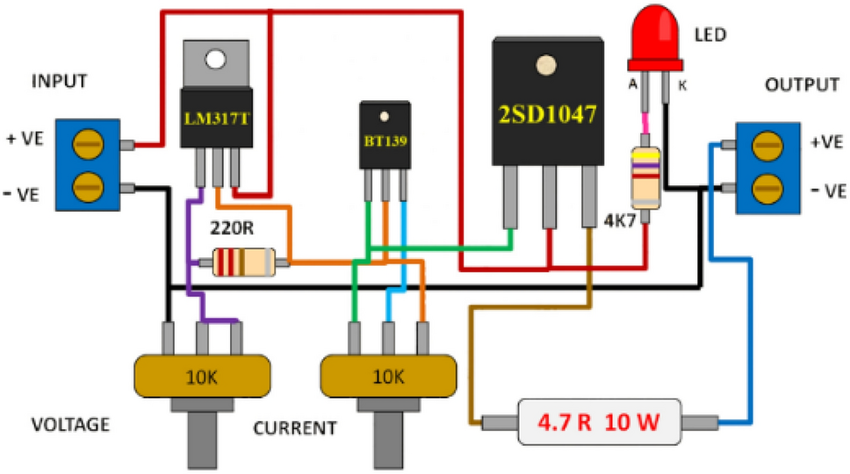Low Voltage Robotics Power Supply Design: Solving Common Issues for Beginners

When designing a low voltage robotics system, one of the most common challenges is ensuring a stable and reliable power supply. Many hobbyists and engineers encounter problems such as voltage drops, instability, or inadequate current to power motors and sensors. But don’t worry—this can be fixed with some basic understanding and the right components!
The Problem :
If you’re powering a small robot, you might notice that it works fine initially, but as the motors start running, the voltage drops, causing instability or the system to crash. This usually happens because the power supply isn’t able to provide enough current to all components, or there’s too much noise in the system.
The Solution :
To fix this, ensure that your power supply can handle the current required by the robot’s motors and sensors. Using a stable voltage regulator like an LM2596, which can step down high voltages to a stable low voltage, will keep everything running smoothly. Additionally, add capacitors to filter out noise and smooth voltage fluctuations.
Practical Example :
Imagine you’re building a simple robot using a 12V battery to power motors and sensors. If you’re using a 5V system for sensors and controllers, using an LM2596 voltage regulator can convert the 12V down to a stable 5V. Adding capacitors across the power input can smooth out the voltage, ensuring that your robot doesn’t lose power or become erratic.
Simple Calculation :
Suppose your robot’s motors require 1A and your sensors require 0.5A.
A stable 5V power supply needs to provide at least 1.5A.
Check your power supply’s output to ensure it can handle this.
Suggested Products :
For a smooth and reliable power system, you can shop for voltage regulators and capacitors. Check out LM2596 and electrolytic capacitors:
- Shop now at SmartXProKits.in: LM2596 Voltage Regulator
- Support our work and India’s innovation—buy from our Make in India site!




















